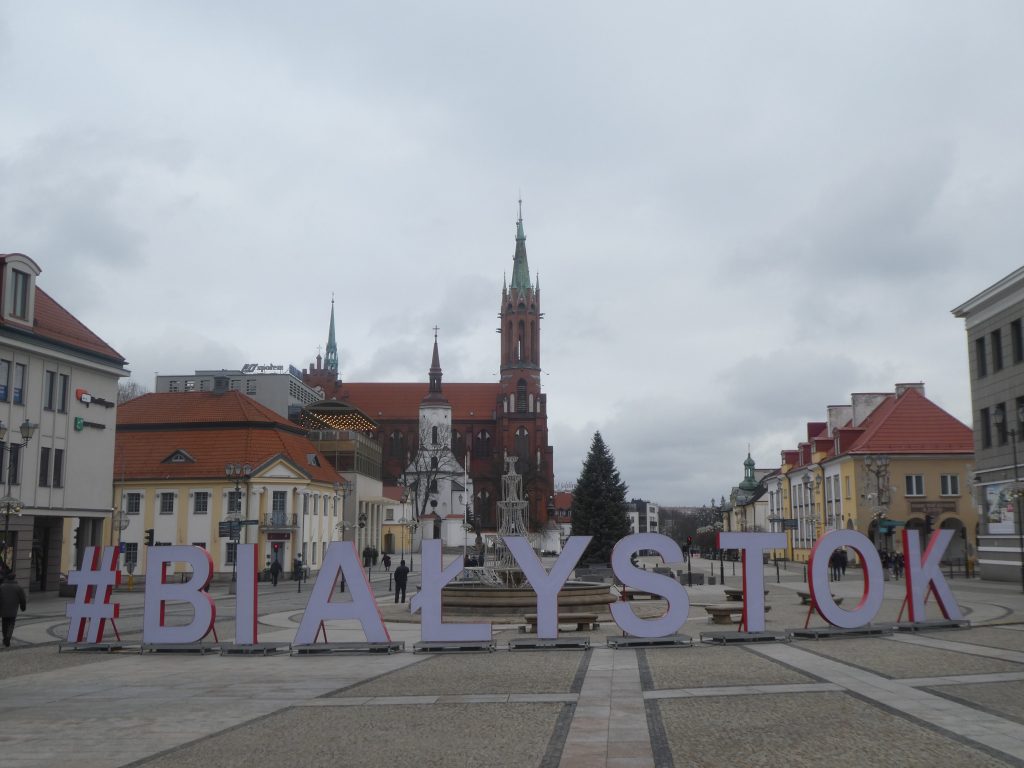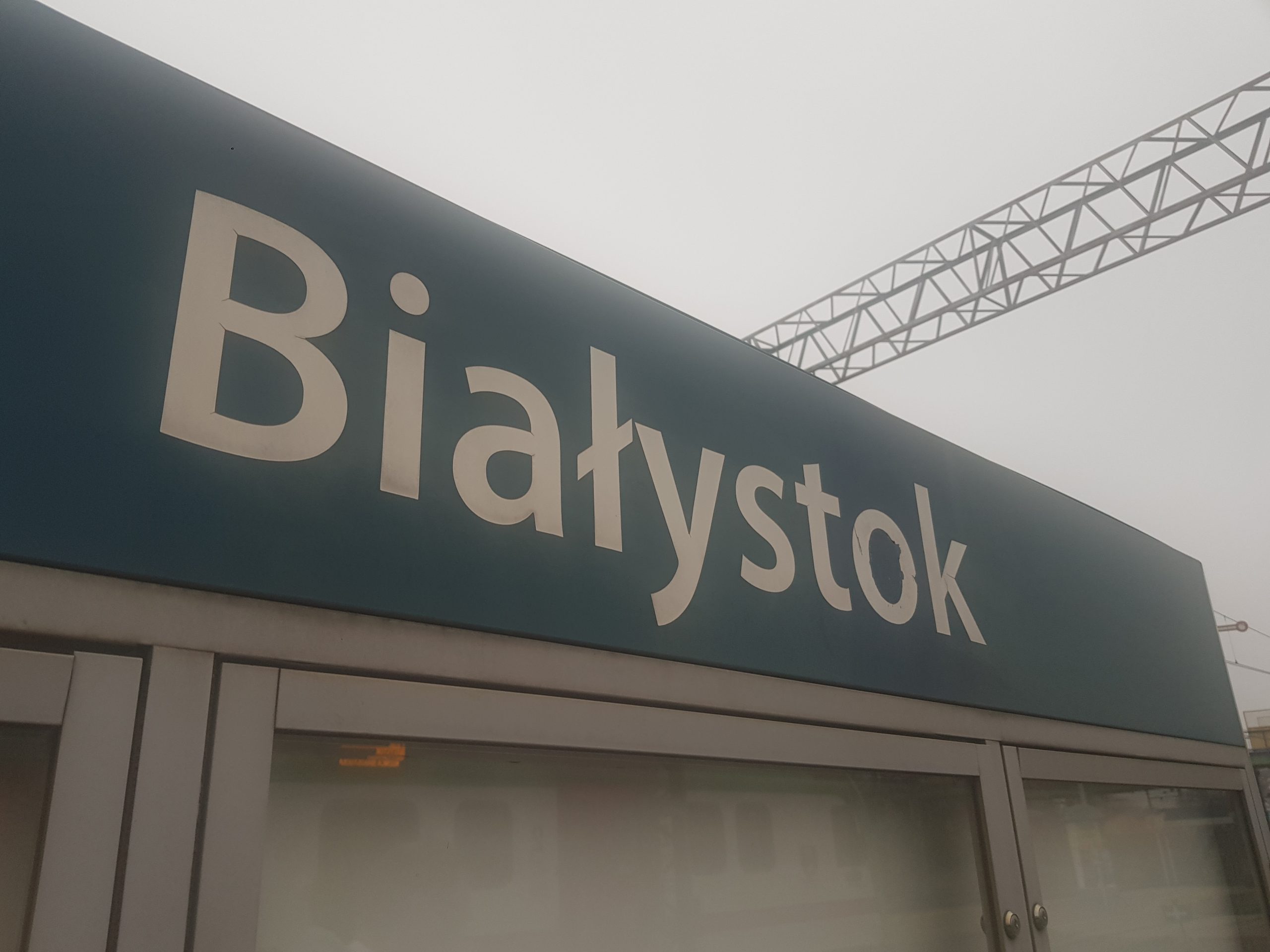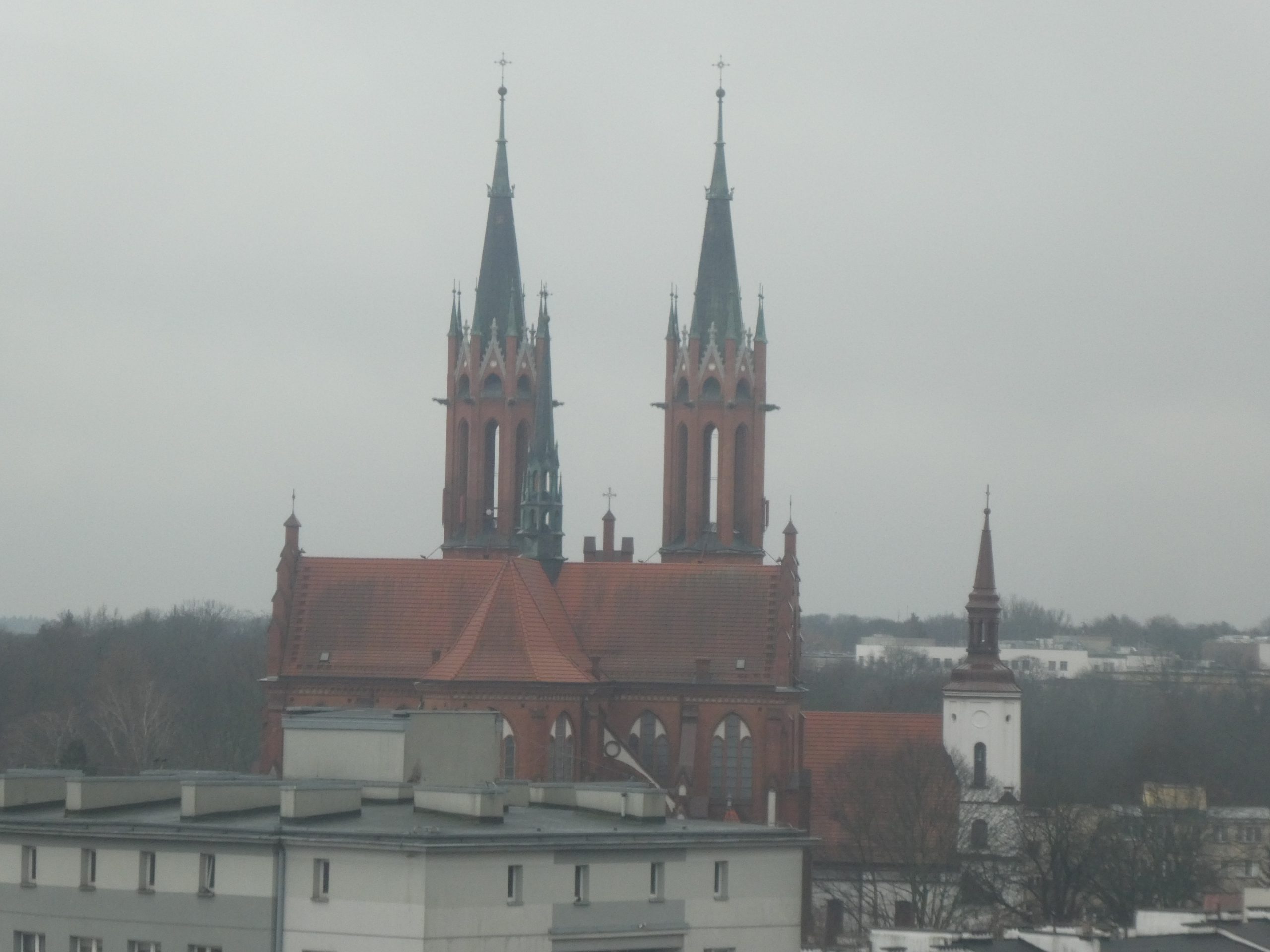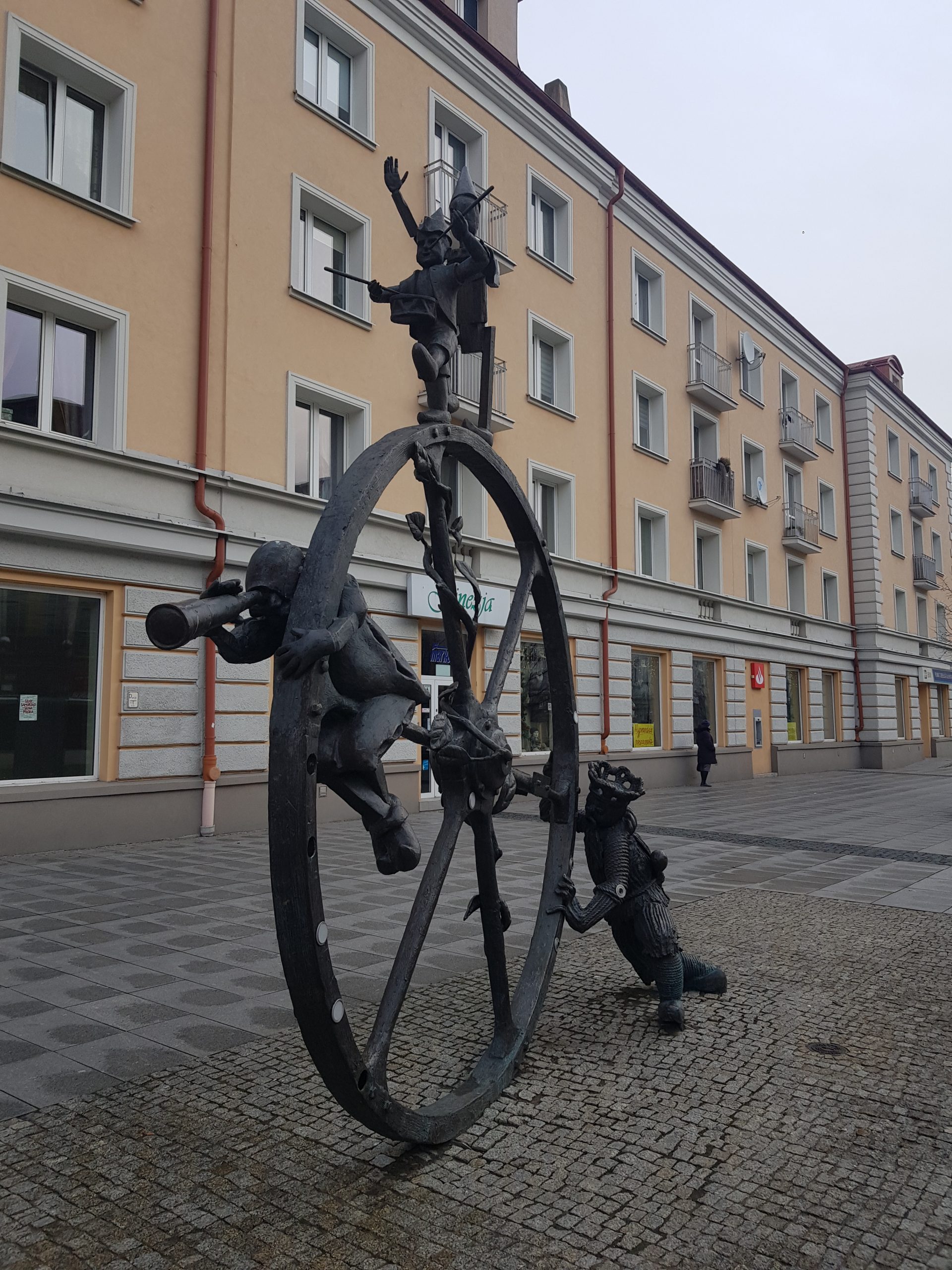Bialystok
Bialystok doesn’t get many tourists, although the European Union and the local authorities are trying hard to change that. Cities such as Krakow, Warsaw and Gdansk capture the international travellers and many who come to this part of Poland are heading for the Masurian Lakes.
Bialystok seems proud of its heritage, which is complex and from many different communities, as the city says on information boards, “Poles, Jews, Germans, Russians, Belarusians, Lithuanians, Ukrainians, Tatars and Gypsies lived here side by side”. In the late nineteenth century, 75% of the population were Jews, although little of that heritage remains in the city today. It’s also the city where Esperanto was established, another reminder of its multi-ethnic heritage, with L. L. Zamenhof creating the language when he was still at school.
The city feels to me almost more Russian (and until 1918 it was Russian) or Ukrainian than Polish, not because of its people, but because of its architecture, its businesses and its general vibe. And it doesn’t feel as wealthy as other Polish cities that I’ve been to, perhaps Lublin feels the most similar to it from the places that I’ve been.
Although without exception they have been polite, I’ve yet to have visited a Polish city with as many people begging or asking for money. Given that these men and women are clearly not expecting tourists to donate to their cause, their persistence in approaching locals is admirable. There are also plenty who are looking for money in other ways, street musicians are relatively common in Bialystok and the locals seem to reward them for their efforts.
There’s clearly a lot of money coming into Bialystok, there have been huge efforts to improve the Palace which is of substantial economic importance and funding has been made available for new museums. That will no doubt help with visitor numbers, although the whole tourist industry is underdeveloped, not least in the provision of cafes and bars that might appeal to those from outside of Poland. Although, this is another challenge, this is something of a border area, so the city is just as focused on attracting visitors from Belarus, Lithuania and Ukraine as it might be from western European countries.
I’ve yet to experience an unfriendly Polish city, but Bialystok seems to be one of the most welcoming to visitors, it just has that slightly soft edge to it. That’s might be slightly surprising given that the city otherwise seems quite hard-edged with most other things, but perhaps it is hopeful of attracting more visitors and bringing in more wealth. Unemployment was high in the area, but is on its way down, but there’s progress to be made.
There are two shopping centres, which both appear to be popular, although the main shopping street doesn’t have the same vibrancy. It also perhaps needs pedestrianisation as it’s a grand main street and most Polish cities, and indeed international cities, have taken the steps to try and take cars away to improve the shopping and recreation options. And certainly much more needs to be done to promote the heritage of the city, although it’s clear that efforts are underway to improve signage.
So, Bialystok is a wonderfully friendly and charming city, but I can’t help thinking that in ten years it’ll be very different.




